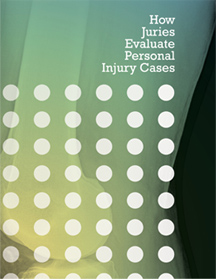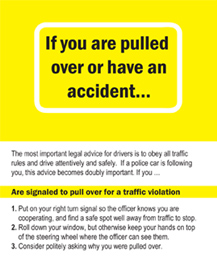Elements of the plaintiff’s case
General legal theory and requirements in a car accident lawsuit
Generally, the legal theory in a car accident lawsuit is that the defendant was negligent. The basic legal outline for a personal injury lawyer to establish negligence is to prove all of the following:
- The defendant had a duty to be careful.
- The defendant breached that duty.
- The defendant’s breach of that duty is what caused the accident.
- You were damaged.
Applying the legal requirements to car accident lawsuits
These requirements of duty, breach, causation, and damage are general requirements for all lawsuits based on negligence. Here is how they are applied in car accident lawsuits:
Duty
The duty of care arises when someone gets behind the wheel and drives the vehicle. A duty can also arise when a potential defendant is responsible for the acts of another.
Breach
The duty of care is breached when the driver fails to act as a reasonably prudent person would under similar circumstances.
Causation
You must establish that the defendant’s breach of duty was the cause of your injuries, That means that the injuries would not have occurred if it were not for the defendant’s breach.
Damage
Damages from a car accident usually consist of some or all of the following: past and future medical expenses, past and future pain and suffering, and past and future disability, including loss of income.
Consider all possible defendants
Your personal injury lawyer will consider all possible defendants as potential sources of insurance coverage.
These are some of the questions your lawyer will think about to help make sure that all the possible defendants are considered in a car accident lawsuit:
- Was the defendant driver working? If so, the driver’s employer may be a proper defendant.
- Did a private company maintain traffic signals that malfunctioned? Not all traffic signals are controlled by cities.
- Did a contractor constructing a roadway violate any legal duties in carrying out its work?
- Did a nearby landowner obstruct a motorist’s view in a way that may have caused the collision?
- Did anyone obstruct the motorists’ views in any other way, for example, by double parking?
- Were there any defects in the vehicle involved so that a manufacturer might be an appropriate defendant?
- Was the defendant was intoxicated at the time of the collision? If so, the person or business that provided the alcohol may be a possible defendant.
If you were involved in a hit-and-run accident, or the defendant does not have sufficient liability insurance coverage, your lawyer might consider a claim under your own uninsured motorist policy.



